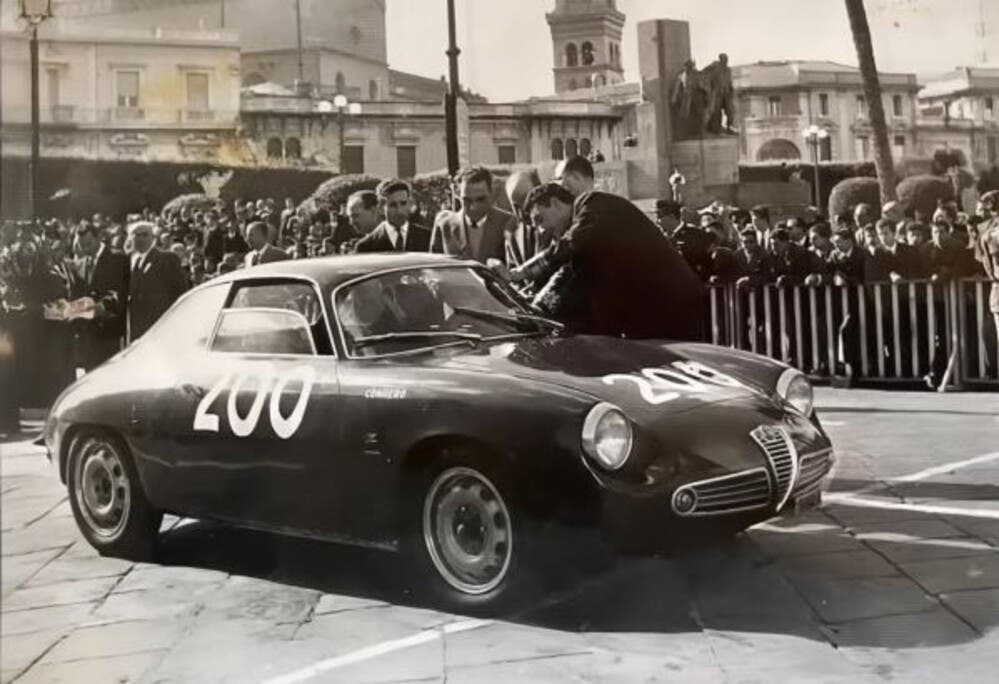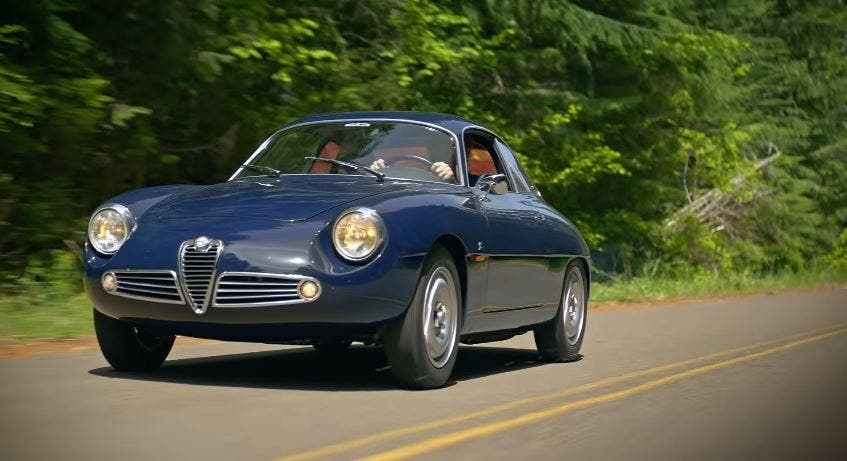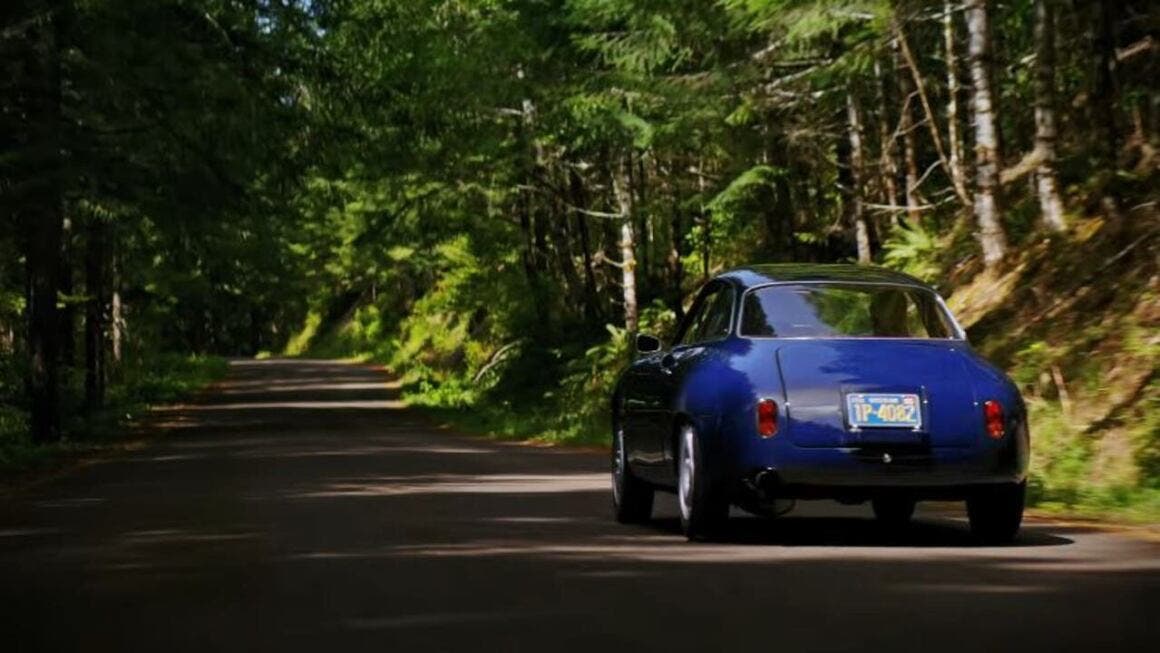From the stunning summit of Marys Peak in Oregon, Alex Hogland and Amy Howland welcome us with their 1960 Alfa Romeo Giulietta Sprint Zagato. It’s just one of over 200 vehicles that make up the Howland collection, but today it’s the absolute star of a new episode from the Everyday to Exotic channel.
Alfa Romeo Giulietta SZ: beauty and performance meet on Oregon’s highest roads

What unfolds is easy to imagine from the opening shots. The goal here is to tell the story, design, mechanics, and emotions of this car set against Oregon’s beautiful landscapes. Whatever “score” it receives doesn’t matter: for us, it already represents the pinnacle of style and elegance.
The story of this Italian marvel, as recounted in the video, begins in 1910 in Milan with the founding of ALFA – “Anonima Lombarda Fabbrica Automobili”. A few years later, in 1915, the company was acquired by engineer Nicola Romeo, from whom it takes its current name: Alfa Romeo. Here we’ve just paid tribute to the legend of the Biscione with its origins. But within a few decades, much happened and various models captivated European and overseas audiences.
In 1954, the Giulietta Sprint Coupé was born, an elegant coupé designed by Franco Scaglione for Bertone. It was powered by a 1.3-liter aluminum engine with dual overhead camshafts, a cutting-edge configuration for its time. Success was immediate: it was the perfect union of racing engineering and accessible design. This version was soon joined by the four-door Giulietta Berlina and the open Spider designed by Pininfarina. Appreciation from private drivers led Alfa to introduce more powerful versions like the Sprint Veloce, Spider Veloce, and Giulietta TI. But there was still one limitation: the weight of the steel bodywork.

In 1956, driver Massimo Leto di Priolo damaged his Sprint Veloce during the Mille Miglia. He then decided to entrust Zagato with rebuilding it in aluminum. What emerged was a radically different car: lighter, more aerodynamic, faster. Thus was born the first Giulietta Sprint Zagato (also known with the SZ acronym).
The car immediately proved competitive. Zagato built 17 more, and in 1957 came the first victory. Alfa Romeo was convinced and entrusted Zagato with official production of a small series destined for competition. The SZ won the International GT Championship in the 1.3-liter category in 1962 and 1963. During production, the tail was redesigned in two versions: the “Coda Tonda” (round tail), and the “Coda Tronca” (truncated tail), with a cut-off rear end that was more aerodynamically efficient. Only 217 units were produced in total, with just 30 “Coda Tronca” examples.
The example shown by Alex and Amy in the video is precisely the ultra-rare 1960 Giulietta Sprint Zagato Coda Tonda, completely restored in Italy and then shipped to the United States. The car has been updated with a more powerful 1.6-liter engine and disc brakes to improve road drivability, but retains all original components for potential restoration to original condition.

The bodywork is a masterpiece of the Zagato era: sleek, aerodynamic, entirely aluminum, mounted on an ultra-lightweight tubular frame. Only the windshield is glass, while the rest is plexiglass to save weight. Zagato mounted the windows without rubber seals, bonding them and finishing them with aluminum trim for a cleaner profile.
Inside the Giulietta Sprint Zagato, everything is simple and functional. And so, lightweight Zagato-signed seats, large steering wheel for slow maneuvers, painted metal dashboard with physical levers, side handbrake and ignition on the left (like Le Mans cars), aluminum-lined trunk with spare wheel, battery and lockable fuel cap. Needless to say, the cabin is very compact: tall people have difficulty getting in. No air conditioning, but good natural ventilation with the windows. However, it must be said, almost none of this matters on a classic of such value and prestige.

